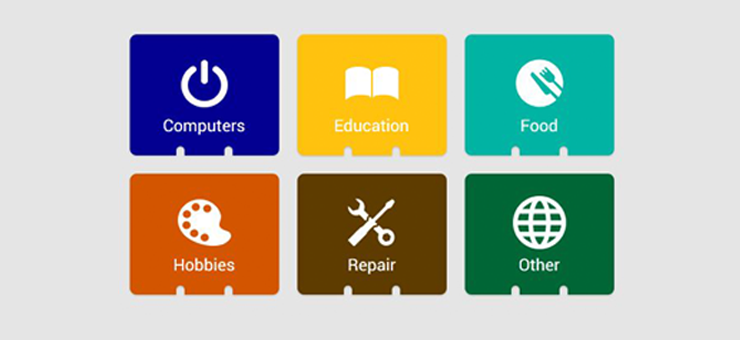Search engine giant Google has rolled out yet another product as it aims to divulge into the healthcare industry.
Named Google Helpouts, the service aims to provide virtual help to people in various fields, ranging from IT, engineering, art and music, cooking, education and health. Google had famously failed on its previous venture into the healthcare industry with Google Health and had to reassign the development team towards making health apps for Google Glass.
However, through this venture, any professional can provide real-time help to any person in need of it, for a fixed charge or for free, through live video conferences. As far as the health industry is concerned, it is allowing handpicked physicians, generally solo practices, to start using the product in the first phase. For the time being, only patients suffering from cold and flu symptoms, rashes or simple infections can use the platform to look for a medical practitioner which can be generally available within 20 minutes to provide the service.
Although still in its beta stage, this video service is completely HIPAA-compliant meaning that clinical care providers can use the platform and be assured that sensitive patient information will not be compromised.
There is absolutely no doubt over how technology is changing the landscape of quality healthcare and its delivery to health populations. This venture will address many issues like making physicians available at a place where they cannot reach otherwise physically, reducing the demand of specialists and primary care physicians, saving plenty of time for patients and reducing the costs associated with delivery of healthcare.
From the patients’ point of view, it is surely going to increase patient engagement as well since the service will automatically sync with their online calendar on Google and notify them of the availability of their desired physician or medical expert. Patients can seek immediate help for their day-to-day illnesses right from the convenience of their homes. Although in its initial stage, one feels that this service can be expanded to include complicated diseases as well.
Every day in the world of technology, newer techniques are being developed with only one objective in mind, to improve quality of care and reduce associated costs, and this venture seems to be yet another step in that direction.


Join the Discussion!